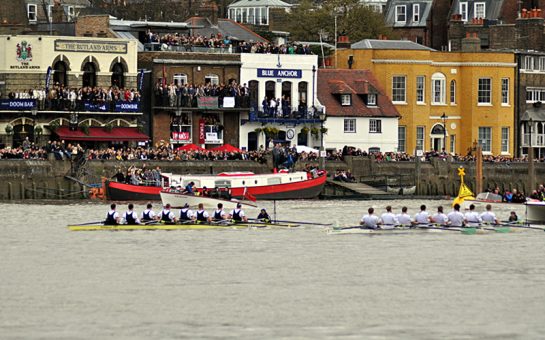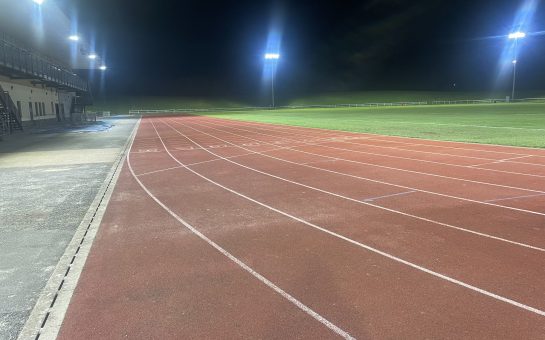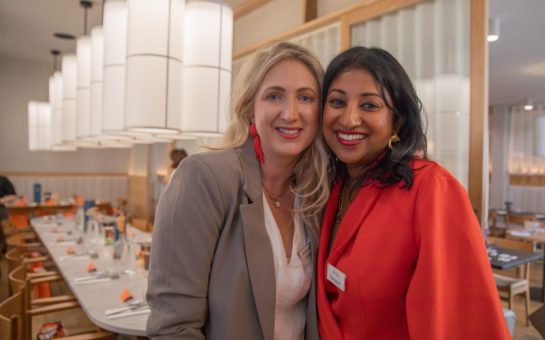By Sam Blitz
March 10 2020, 15.30
Follow @SW_Londoner
Whenever you see a rowing crew line-up, you can always spot the cox. Henry Fieldman and Matilda Horn know the feeling well.
The pair are the men’s and women’s eight coxes hoping to be on a plane heading to the Tokyo Olympics this summer and both measure around 5’3” (162cm).
As they work closely with rowers who almost always surpass 6’0”, it’s clear the difference between rower and cox goes way beyond a contrast in role.
“It’s very funny when we’re getting on planes and people see us all in kit and they’re trying to work out what sport we are,” says Fieldman.
“They look at these tall people and they start to come to a conclusion – but then I appear and they say, ‘What’s going on here? What is this sport?’”
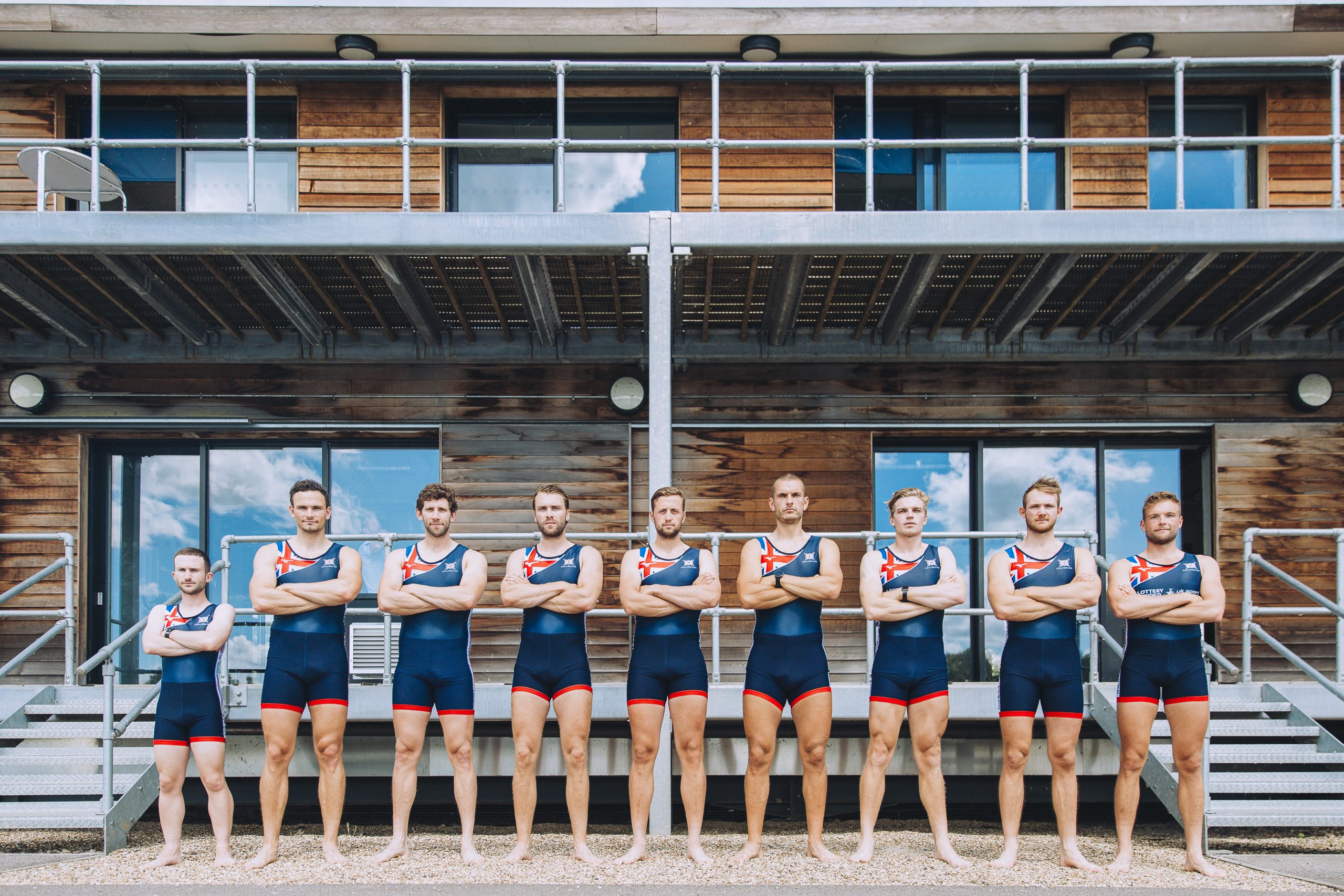
Fieldman’s route into becoming an integral part of the Team GB rowing squad differs massively from the majority of Olympic athletes. While many dream of representing their country on the highest sporting stage from an early age, the Barnes-born cox was barely aware of the importance of the Olympics before being introduced to rowing at Latymer Upper School.
Looking back at the beginning of a coxing career which has included appearances for Imperial College, representing Cambrige at the Boat Race and rising through the Team GB junior and senior squads, he said: “I would love to say coxing is something I’ve always wanted to do. But not really.
“I wasn’t that sporty at school. I was quite academic – in my primary school I was in the chess club and was very geeky. I didn’t even watch the Olympics!
“But you had to do a sport at school and I liked the sound and look of rowing. On day one we were lined up in height order and the people at the short end of the line were put in the coxing seats. And that’s how I ended up there and I started to quite like it.”
According to data group SAS, who act as the Official Analytics Partner of British Rowing, a young rower’s height is key to being picked for the ‘World Class Start Programme’, which forms a pivotal part of their ‘Athlete Longitudinal Profiling’ project which helps develop the next generation of Olympic rowers.
Young male athletes – aged 14-20 – need to have a minimum height of 6’2” (188cm) while female athletes looking to be part of the Start Programme are expected to be 5’10” (178cm).
For Horn, who had been inspired in Windsor by her rowing-mad father Alastair at the age of nine and subsequently took up the sport at the age of 11, her height was a limiting factor in her progression as an athlete and, like Fieldman, was recommended to go down the coxing route rather than as a rower.
She said: “I stopped rowing – partly because of back injury, partly because I wasn’t going to make it as a GB rower.
“They told me, ‘You’re really small, and you’re a really good facilitator, so why don’t you take up coxing?’ so that’s how I shifted over from rowing to coxing.”
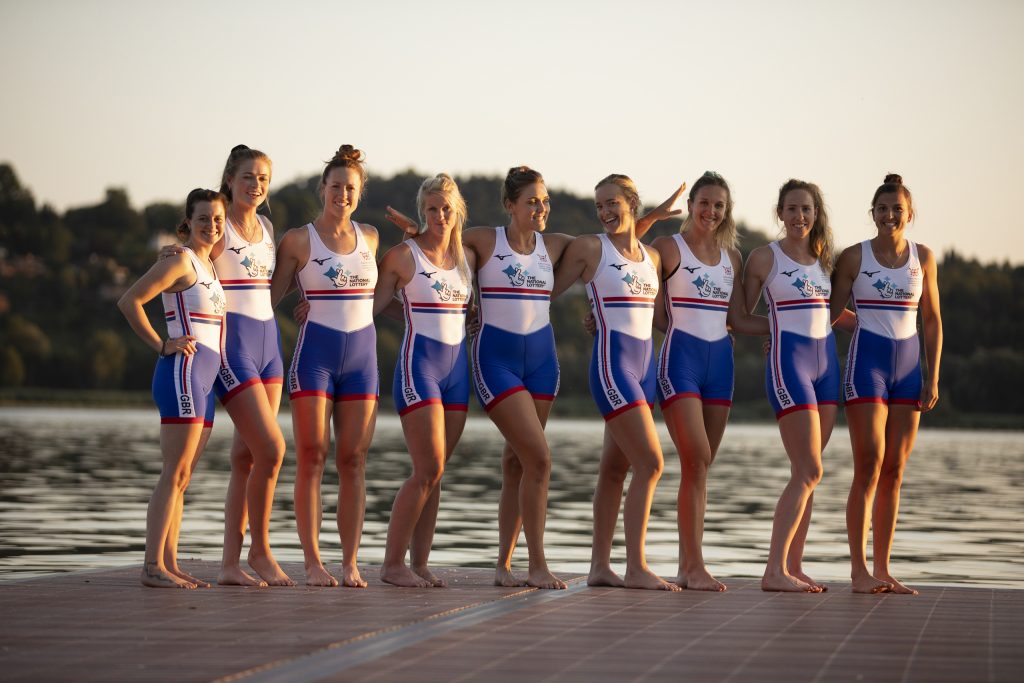
Both Fieldman and Horn are right in the thick of the action when it comes to preparing the crews for the Olympics. A typical day, which normally involves three training sessions including two on the water, starts at around 7.30am.
Coxes are not only charged with having to steer the boat and hand out instructions to the crew mid-race, but additional roles include coaching specific training sessions and feeding back to the Team GB coaches.
On her role in the eight crew, Horn says: “Sometimes it can be an odd role that we play. As a cox, sometimes you can be a bit left in the middle.
“You’re halfway between a coach, halfway between an athlete. So you’re that friend who listens and then reports back to the coach when you need to. You’re a mediator rather than a spy!
“It’s really important as the cox to be there and getting really integrated and getting 100% into the technical model that you want the girls to row, how you want it to look and getting it to how the coaches want it to look.
“You’re always picking up on this and that and people look at me and they’re like ‘why do you know everything?’ It’s kind of my job.
“It’s your job to not make yourself overly heard, just quietly getting on so that you can support. It’s a huge part of the job – you’re encouraging and facilitating them to be their best rather than you being the centre of attention.”
A cox is also tasked with providing psychological help for their crew members. In and amongst the pressure, hype and drama that Olympic or World Championship preparations can bring, both Fieldman and Horn play a key role in making sure morale and well-being is high.
Horn says: “The way it’s worked over the last four years since I’ve been here, the girls have been very very good about bringing you inside with regards to what they’re thinking and what they’re working on.
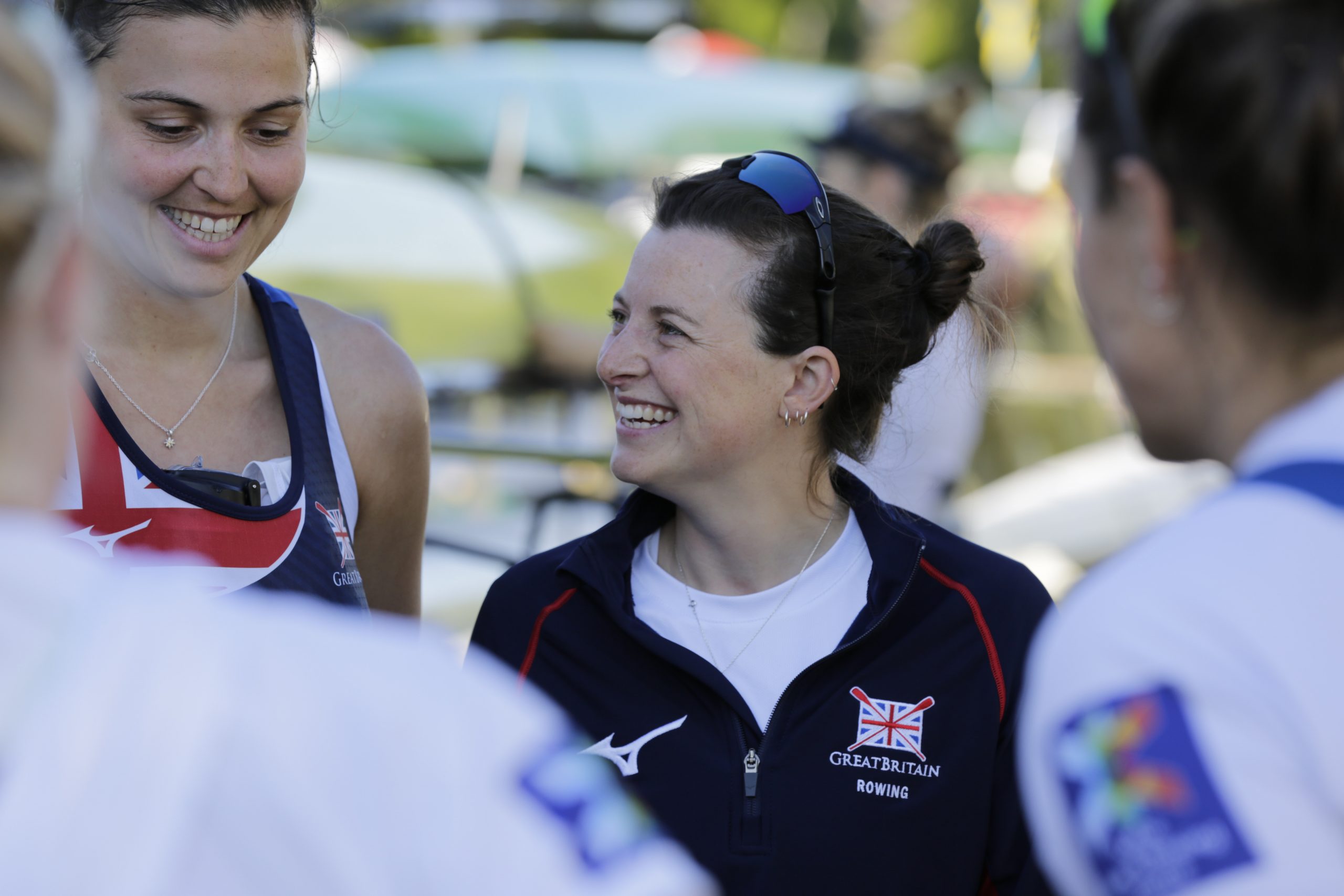
“Sometimes you can become a bit of a therapist and a councillor, almost an under qualified one!”
Fieldman adds: “I do try to keep track of the guys. If they’re having a rough time then I’ll take them to one side and let them vent their frustrations and get them to talk to me about it. Then I can see if I can help.
“There are people in the team that I’ve known for five and six years. You joke around and you have that level of banter. But there’s that mutual respect that goes both ways.”
Yet despite the psychological support, the difference in roles between rower and cox can provide some challenges.
The intense training sessions put on the rowers means that the cox can become isolated in their profession, despite sharing a common goal of success at the highest level.
When the rowers are lifting heavy weights in the gym, a cox would spend the time making sure the boats are secure and fine-tuned.
After an intense training session on the water, rowers are recommended to put on 6000 calories in fuel, compared to just 1000 for the cox.
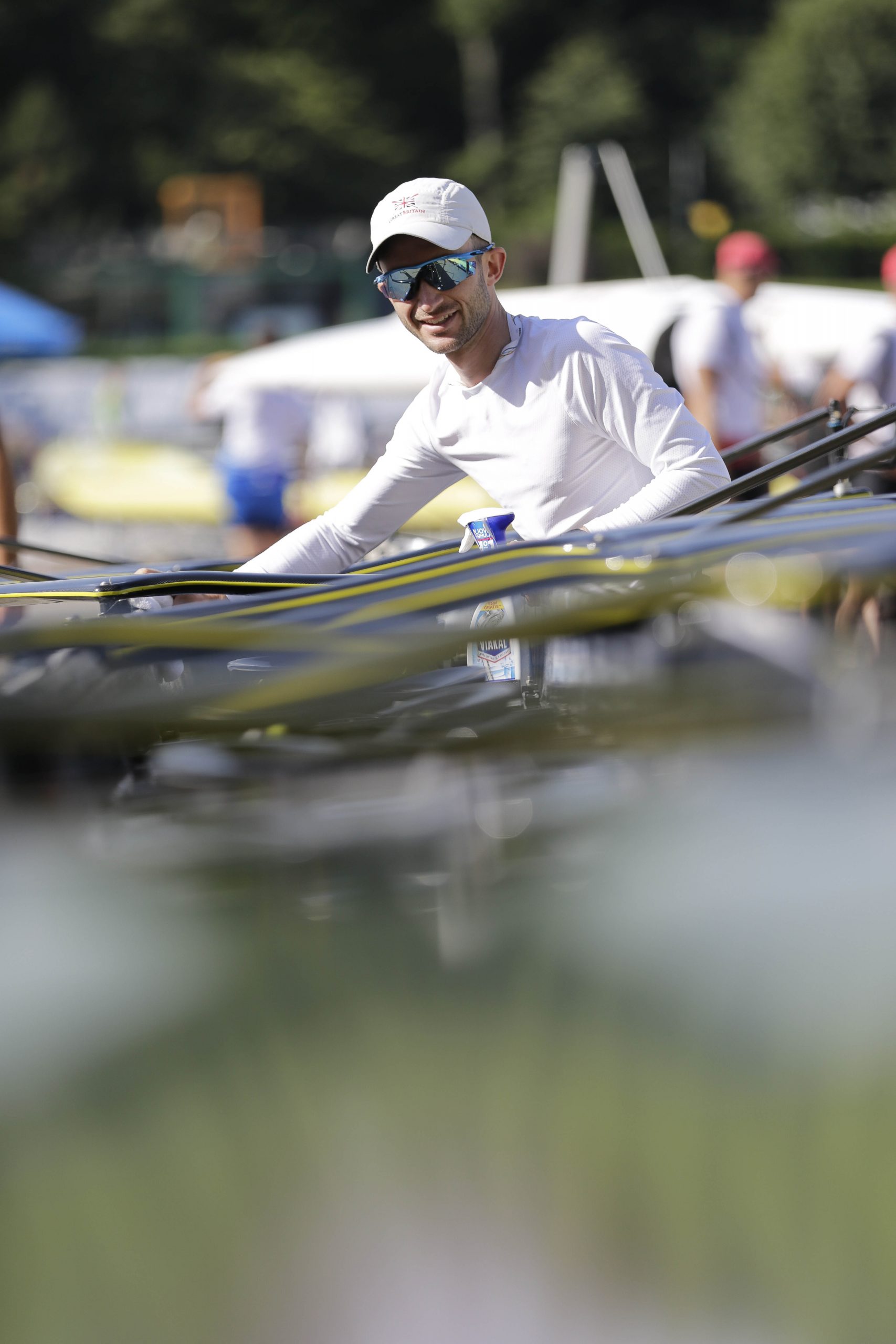
Fieldman says: “There is a bit of a separation. When they’re going through a difficult training regime, you’re not. And when they’re exhausted, you’re really not that tired.
“You have a very different role, it’s tough when you’re coaching them and you want to help as much as you can but you can see they’re going through this awfully difficult training regime and you sometimes feel like you want to do more.
“But I definitely feel part of the collective. The boat doesn’t go straight without us!”
However, the feeling of cohesion between athletes and cox, according to Fieldman, is not one that is shared universally.
He adds: “I coach a lot of coxes and a lot of them talk about being disrespected by the rowers. The way they describe it is sometimes being bullied.
“It’s not like that here though at Team GB, everyone sees what everyone brings to the team and it’s great and I’ve never experienced anything like that.
“But post-rowing I would love to help shift the way some people treat coxes in club and school environments.”

